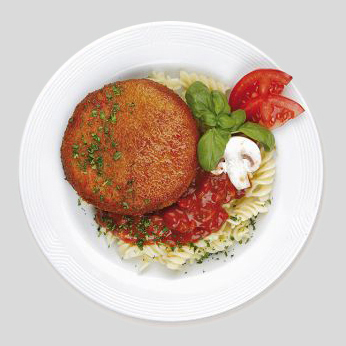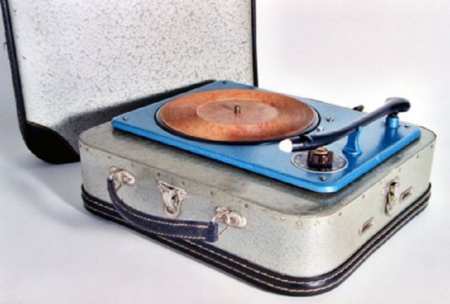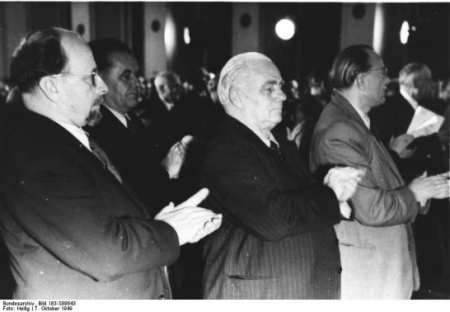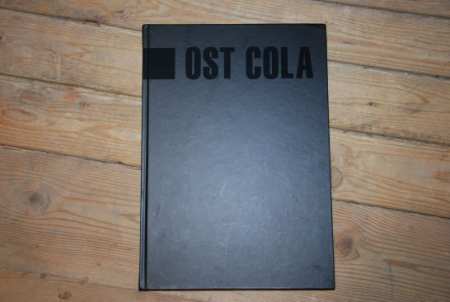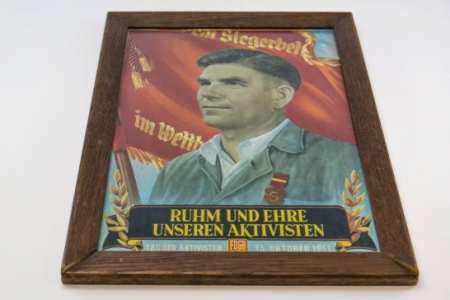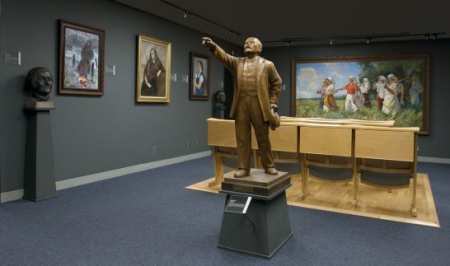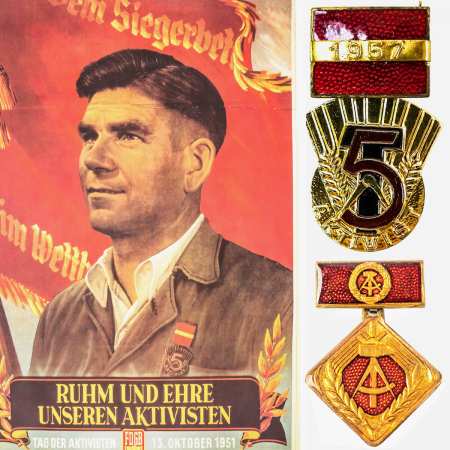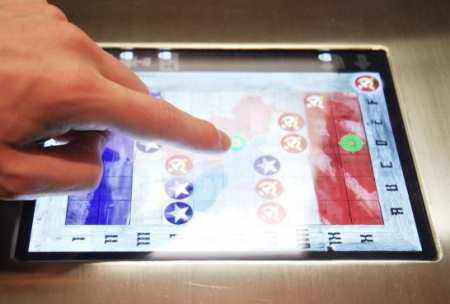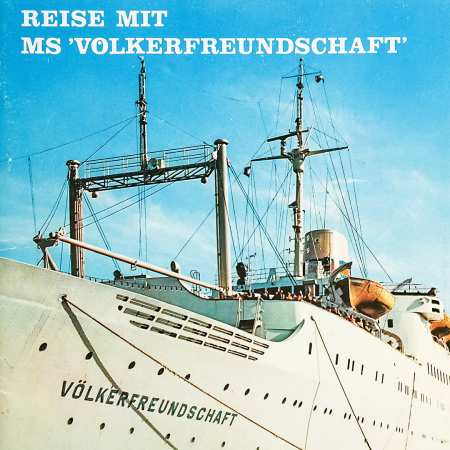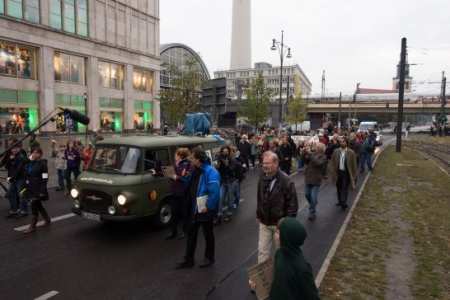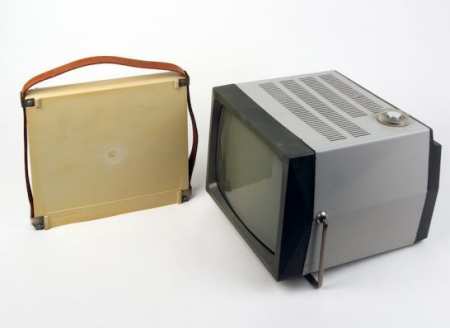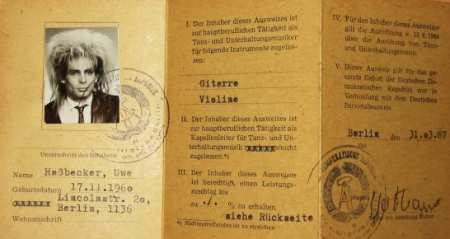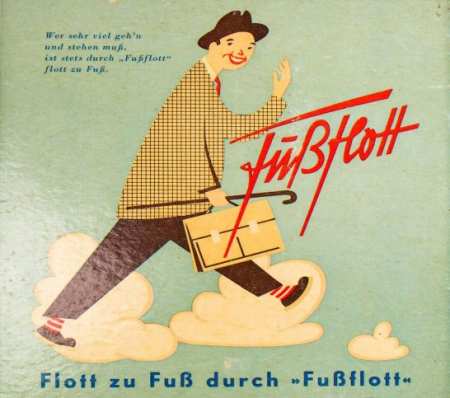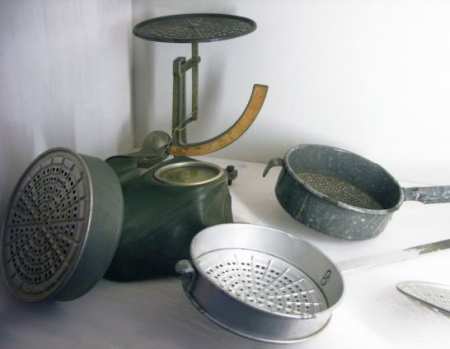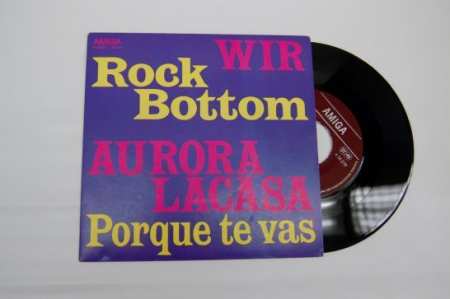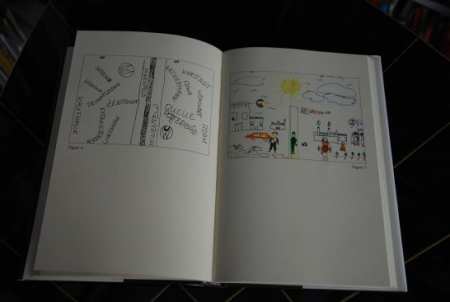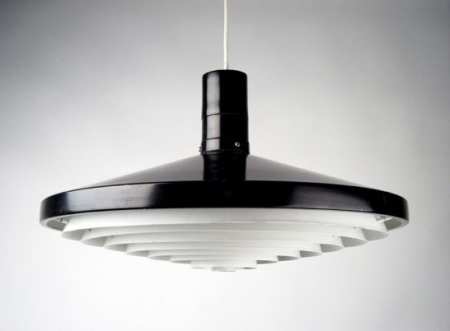Blog
To Recook
Hunter's Schnitzel with Tomato Sauce
13 Mar 2015Read more
Design
A post war Phono-Pioneer from Dresden capitulated
27 Feb 2015Read more
Tip
“Constructing Socialism in East Germany - an essay by Stephanie Engelhard
25 Feb 2015Read more
Review
“OST COLA”
19 Feb 2015Read more
Collection
The Activist Movement in the GDR
12 Feb 2015Read more
Tip
The Wende Museum in Los Angeles
11 Feb 2015Read more
GDR History
The Activist Movement in the GDR
5 Feb 2015Read more
Games
Ligato – Play history in the DDR Museum
28 Jan 2015Read more
GDR History
A dream ship in the service of the FDGB – die MS »Völkerfreundschaft«
22 Jan 2015Read more
Review
“Beyond the Wall. Art and Artifacts from the GDR”
14 Jan 2015Read more
Retrospect
The year 2014
7 Jan 2015Read more
History
Five suprising facts
19 Dec 2014Read more
Design
The Staßfurter suitcase television K 67
29 Oct 2014Read more
Music
The asylum of Tamara in paradise – the rock group Silly
18 Sep 2014Read more
From the collection
Advertising in the GDR
11 Sep 2014Read more
Exhibition
The game „Twilight Struggle“
4 Sep 2014Read more
Design
„Swords to Ploughshares“
21 Aug 2014Read more
Collection
Records of AMIGA and LITERA
24 Jul 2014Read more
For children
„A generation divided. German children and the Berlin Wall“
3 Jul 2014Read more
